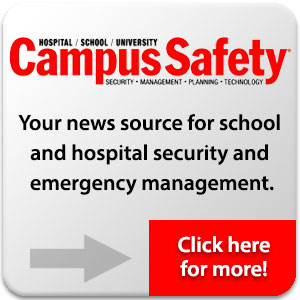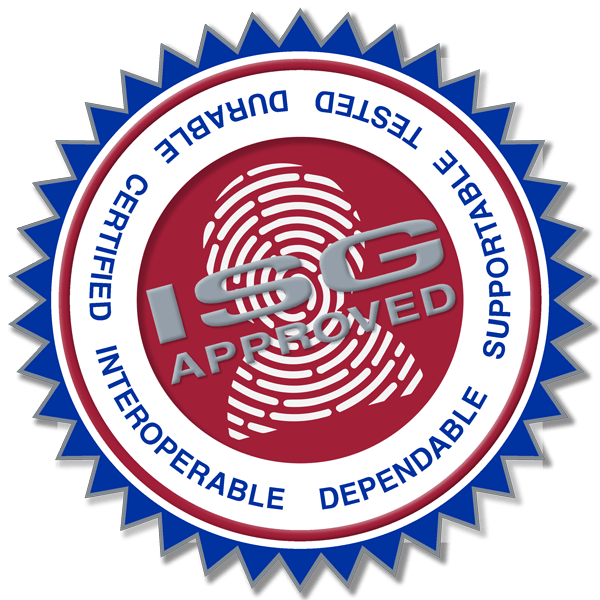Re-posted with permission from Campus Safety Magazine and edited.
Some students will return to campus life, some will attend classes completely remotely, and some will experience a hybrid model of both on-campus and virtual classes. Stanford recently announced a hybrid model where the usual two-semester year will be broken up into four shorter quarters. Freshmen and sophomores will return to campus for two quarters, while seniors and juniors will return for the other two — each group attending virtual classes when not on campus. At Harvard, all classes will be held virtually, but the university is inviting up to 40% of students to live on campus with restrictions. Bowdoin is going even further and only allowing freshmen to live on campus. All other students will participate virtually, and nearly all classes will be online, even for the students living on campus.
U.S. colleges and universities are preparing for a fall semester with new CDC-recommended safety precautions in mind: mandatory face masks, social distancing rules, pumps of hand sanitizer stationed across campus buildings, physical barriers to separate students from staff, and shared facilities like the campus centers and gyms will be closed. Beyond these measures, administrators, faculty and staff working to reimagine campus life need to consider the crucial role technology can play in safeguarding the 40-60% of students and staff who will return to campuses in the fall. Here are five innovations colleges and universities can adopt now to more safely reopen their doors.
1. Campuses Can Leverage Mass Alert Systems for COVID-19 Communications
Campuses have been using emergency notification systems for years to keep students and staff informed with in-the-moment information on potential crises, ranging from severe weather to security breaches to police activity near campus to active shooter situations and more. In the new COVID-19 era, universities can leverage these systems to alert the student body of changes to COVID-19 safety protocols, such as facility closures due to contamination and building access changes. These systems can also be used to message individual students, cohorts of students or faculty to alert them when they may have been in contact with someone who has reported a positive case of COVID-19 and need to quarantine.
2. Mobile Access Controls Based on Identity Will Play Big Role
Open campuses will be a thing of the past for a while. Instead of colleges relying on security systems that give access with a tap or swipe of an ID card, mobile access control systems allow students to use an app on their phone to gain access to multiple facilities.
Access control can also provide universities with the ability to inform students who may have come in contact with an infected individual. Used in conjunction with formal contract tracing, knowing who may have been exposed can be a key to helping control virus outbreaks on campus. Using access control data, you can generate targeted reports listing specific user access events and potential contacts based on where they have been on campus. With results based on the site and date range of when the infected individual entered a building, you can identify who was in which location at the same time to inform them of possible exposure — giving them the opportunity to get tested or initiate a quarantine protocol to protect as many students as possible.
3. Mobile Self-screening Questions Can Help Control Access
While a good idea in theory, colleges will find that students may not always yield to physical “stop before you enter” signs sprinkled throughout campus. Mobile self screening tools allow universities to control the flow of student, faculty, and staff traffic across the entire campus, keeping everyone safer. When a student approaches a checkpoint, they can open an access control app on their mobile device and answer a series of prompted health-related questions. If they pass the questionnaire, they are given permission to pass through the checkpoint — such as a locked door — controlling access to different areas of campus for individuals that meet health and safety guidelines.
4. Digital Visitor Reporting Can Reduce Virus Exposure
The carefree days of visitors coming and going freely in campus buildings, dorm halls or the student centers are long gone. But frequent visitors, such as delivery personnel or facility management contractors will still be necessary to keep campuses running smoothly. Physical paper questionnaires at checkpoints won’t keep a campus built to normally hold 15,000 students safe. The cost to staff these checkpoints with employees is a strain on already tight university budgets. Digital visitor reporting tools that allow universities to configure their own interactive COVID-19 screening process can help them determine if a visitor poses a health risk to the community, without the need for staffing a checkpoint 24/7.
In practice, the reporting process could look like this: A visitor to campus receives an email on their phone with an online coronavirus screening questionnaire. If the visitor’s answer to one of the questions flags them as a possible exposure risk, campus security receives an alert automatically, and they can take immediate actions based on protocols already in place, granting or denying the visitor’s access to the facility.
5. AI Security Cameras Can Monitor Social Distancing Protocols, Identify Hot Spots
The vast majority of U.S. colleges and universities are already outfitted with security cameras, both inside and outside. Universities can implement artificial intelligence software into their existing camera systems to track compliance with social distancing guidelines and identify campus hot spots — areas where people are congregating in close quarters, high-traffic areas, or bottlenecks that exist in building hallways — and take steps to mitigate those problems. Use this data to create new traffic patterns through hallways and buildings to provide enough space to safely social distance.
The practice of using security cameras for COVID-19 monitoring has not been without controversy. Some worry that this technology could expand to include facial recognition technology, sparking privacy concerns over the storage of personal data. But the current systems in place in U.S. workplaces typically don’t include facial recognition abilities. Amazon implemented their own ‘Distance Assistant’ in June to help their warehouse employees maintain social distance while still working to get packages out to Amazon customers. Unlike facial recognition software that identifies individual people based on facial features, this software “uses machine learning models to differentiate people from their surroundings. Combined with depth sensors, it creates an accurate distance measurement between associates.”
The major benefit of AI software is that it can be implemented into already existing security hardware systems, reducing the cost burden on operational budgets.
Talk to Your Local ISG Expert
From students filing lawsuits demanding tuition refunds, to the high cost of implementing new technology, and the risk of a dangerous second wave of COVID-19, the 2020-2021 school year will be very unusual. While colleges manage the nearly impossible process of deciding how students will return to classes in the fall, thanks to access control technology, administrators have options. Technologies that were on the horizon a year ago are now here. From touchless access technology and AI-enabled cameras, to digital health-related visitor questionnaires and mass text alerts — colleges that get ahead of the access control adoption curve have a better chance of returning to a “new normal” of college life and will keep their student and faculty communities safer.
Many schools and campuses have an existing network infrastructure, and do not have the luxury of redesign. Security and safety for schools, corporate campus environments, and other vulnerable public institutions can be addressed with the proper networking equipment in a cost-effective way.
Discuss your campus technology needs with the ISG dealer in your area. See if an ISG solution would benefit your institution for video surveillance, access control, mobile credentials, visitor management and more.
Original article written by Steve Van Till for Campus Safety Magazine


